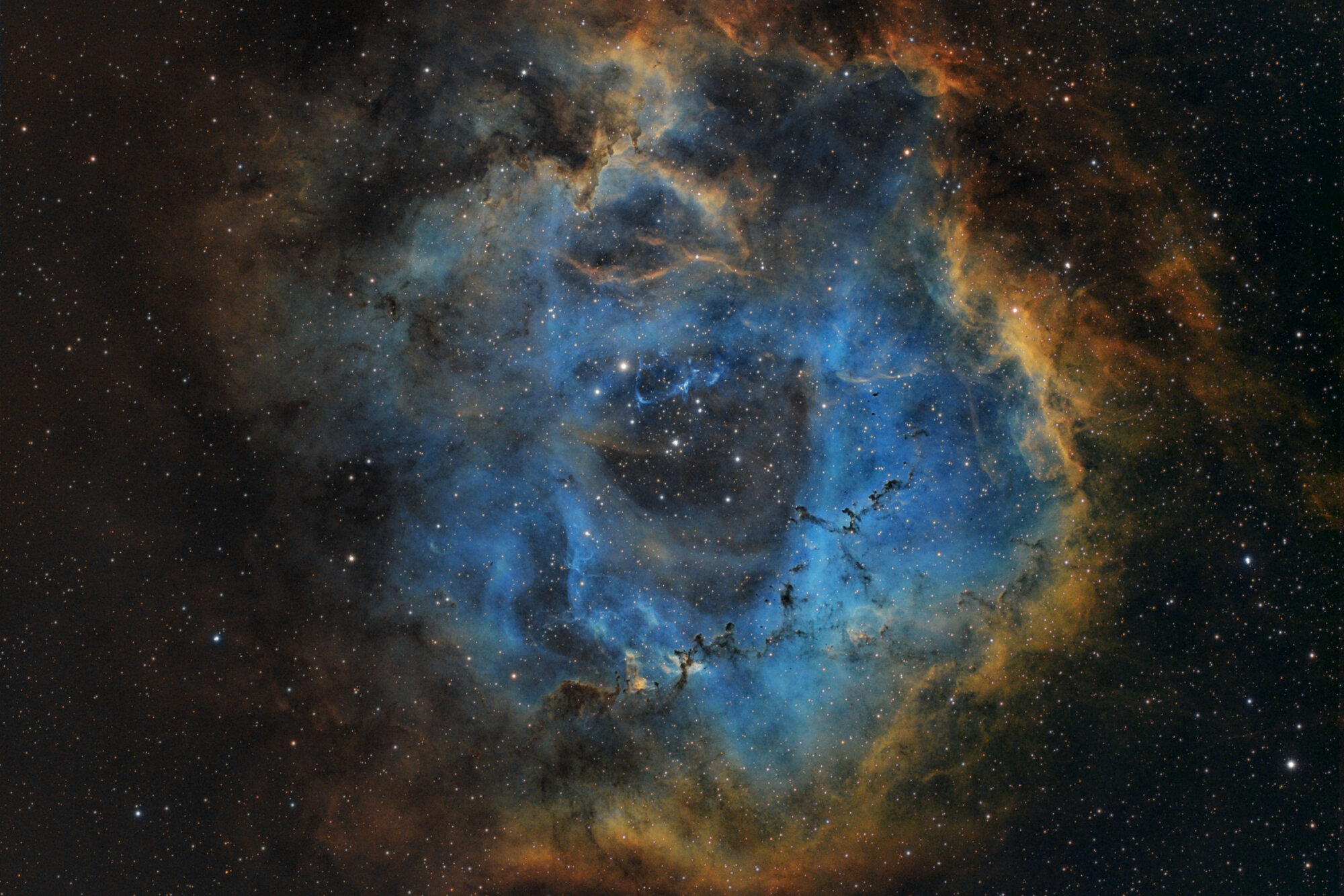
Blog
Articles on workflow and processing, experiences with equipment, or just general stories related to astronomy or astrophotography.

Year in Summary 2024
The year 2024 marked a significant change in my astrophotography hobby, by moving one of my setups to a remote hosting facility in Spain. This resulted in an almost 10-fold increase in activity and 39 published images. Check out this blog for the details.
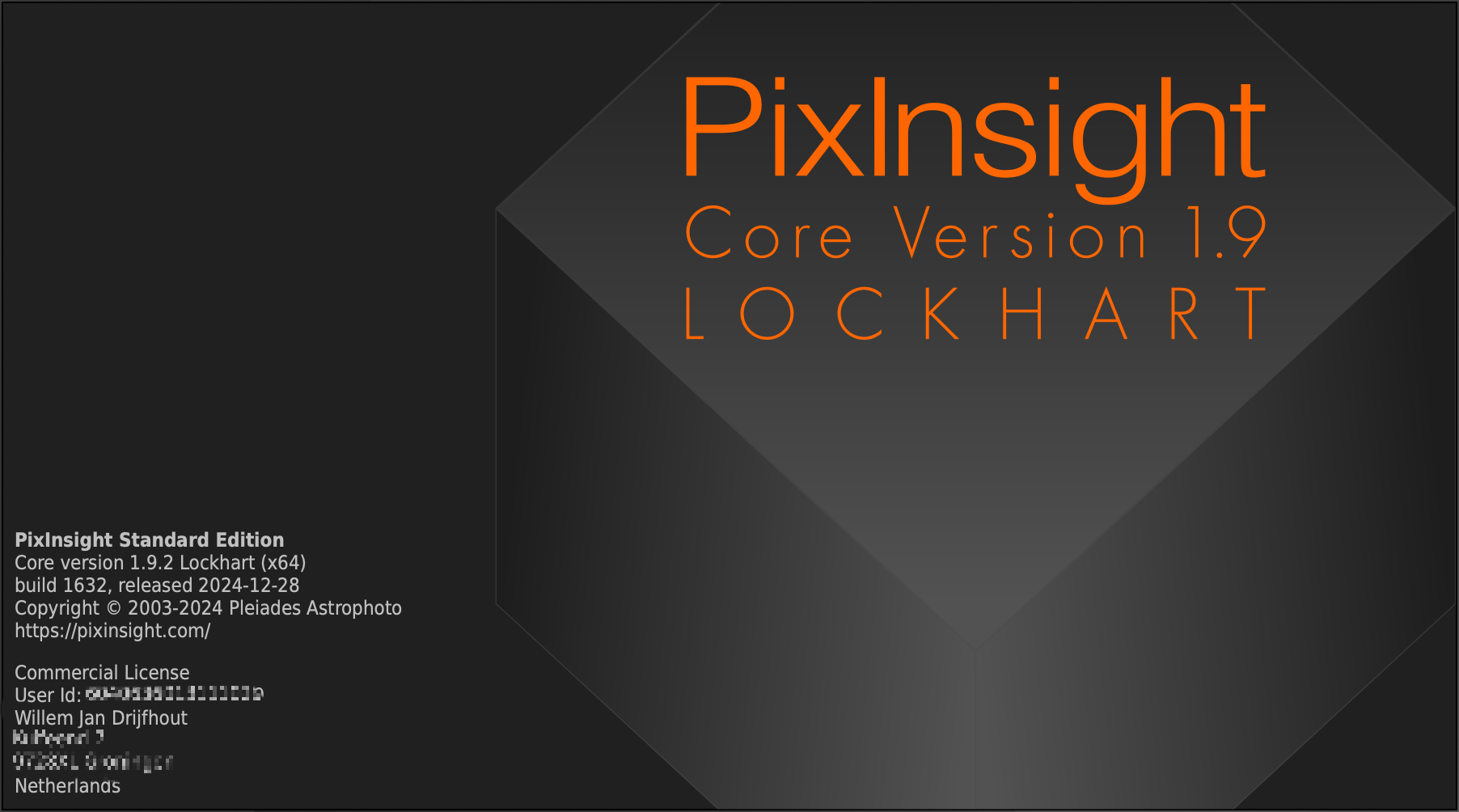
PixInsight v1.9 released
PixInsight, the leading image processing software in astrophotography , has released a new version, 1.9, called Lockhart. This update brings many new features and improvements to simplify astrophotography image processing.
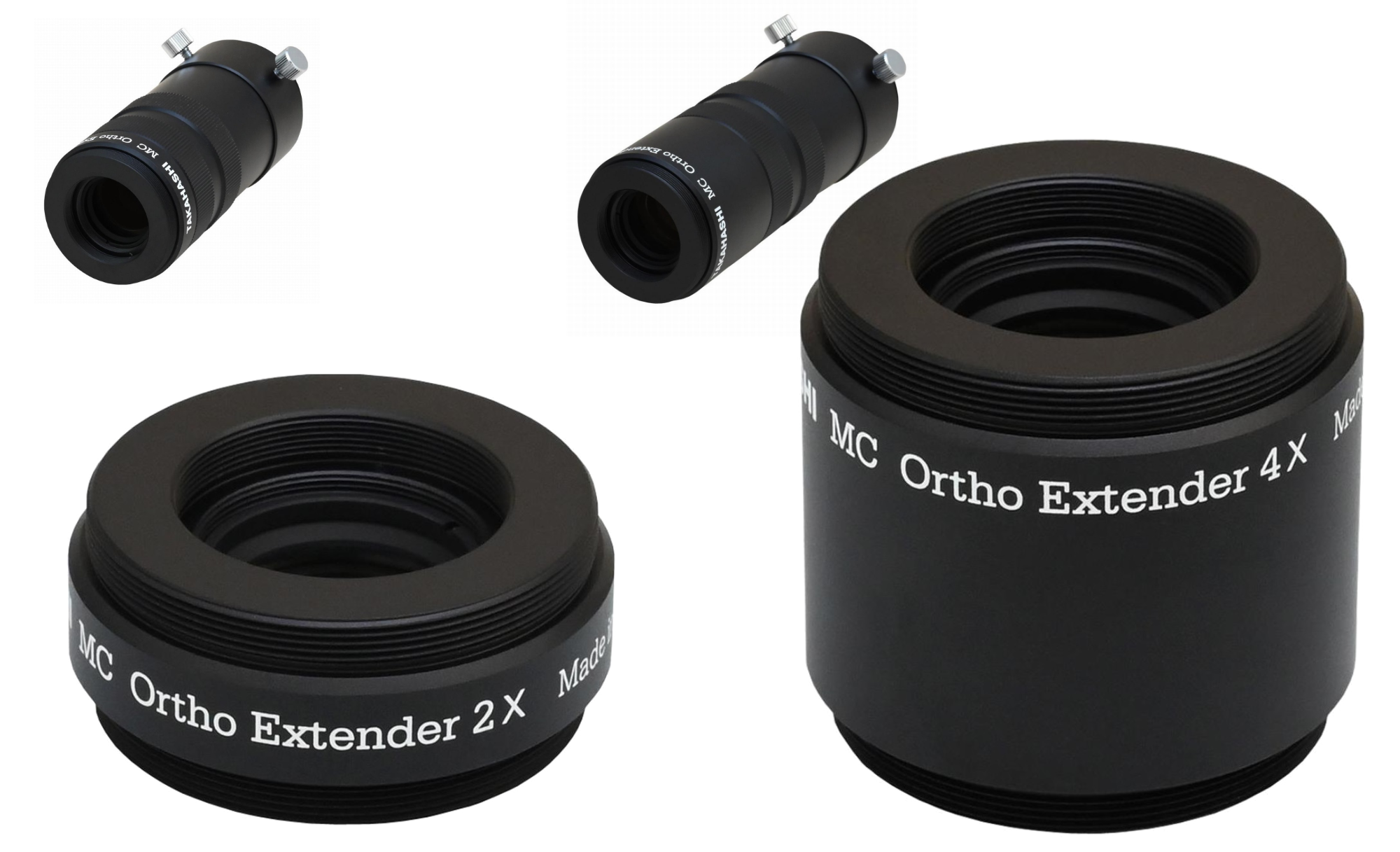
New Takahashi Ortho Extenders 2x/4x
Takahashi has launched two Ortho Extender sets (2x and 4x). They are compatible with most Takahashi telescopes and serve as alternatives to Barlow lenses for viewing or imaging the moon, sun, and planets.
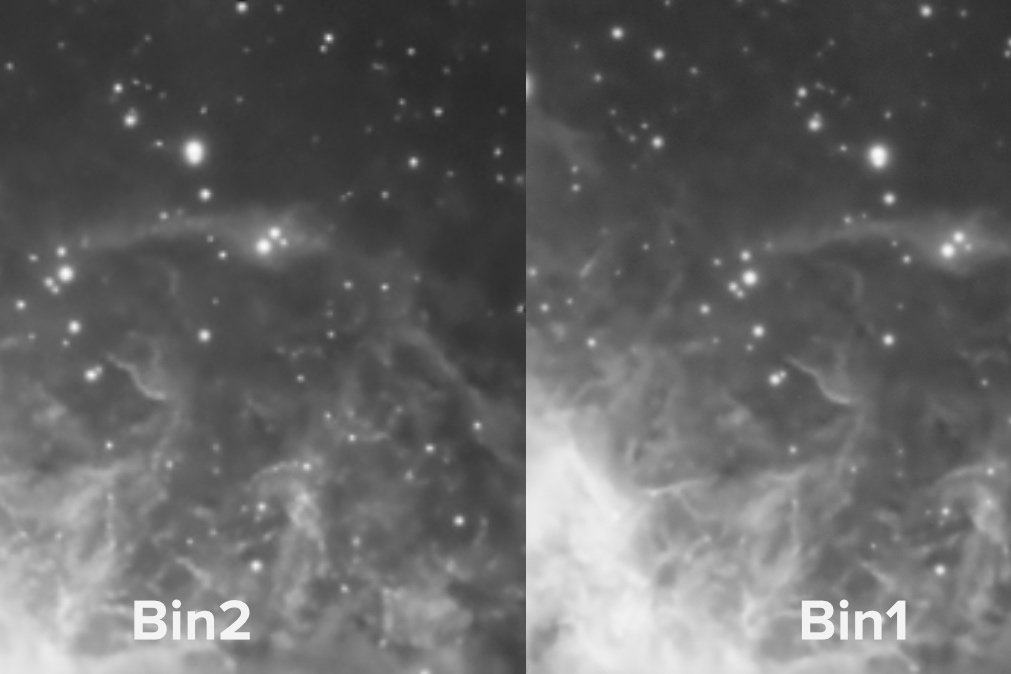
How bad is oversampling?
My system at the remote observatory is highly over-sampled. How bad is that, and does it make sense to bin the data? This blog will answer those questions, based on a recent image of the Crescent Nebula. This also allowed a comparison with historic and properly sampled data.

Takahashi releases new telescope: FCT-65D
Takahashi just released a new telescope. It is a compact 400mm f/6.2 triplet scope, that can be reduced to a 260mm f/4.0 imager. The scope is designed for astrophotography.
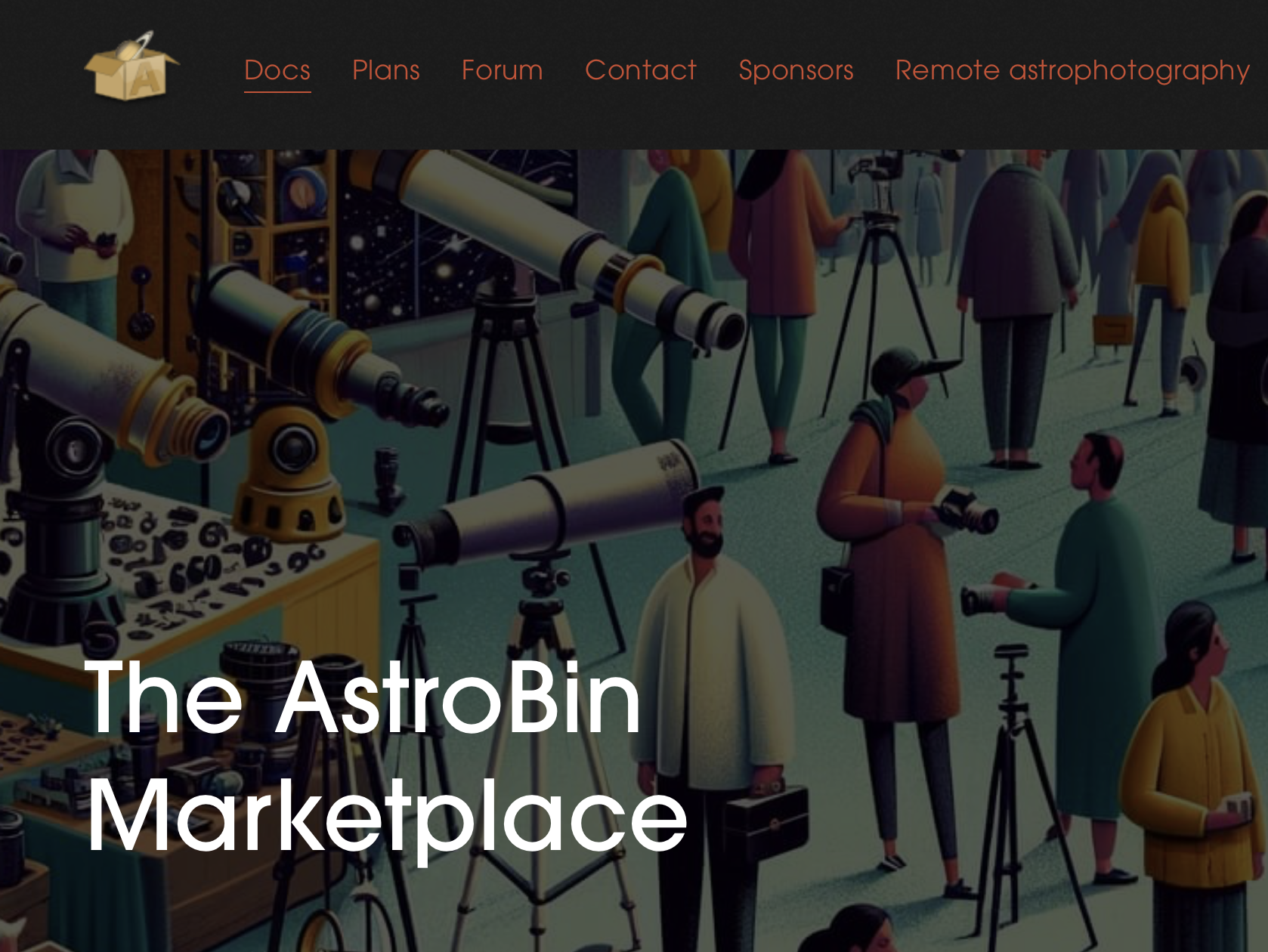
Astrobin starts Marketplace
Astrobin, the well known hosting site for astro images, just started a Marketplace. Any Astrobin user can list his/her astrogear that is for sale.

Removing Colour artefacts from OSC images
When processing OSC images several colour artefacts keep coming back. In most cases it is not very difficult to remove them in post-processing. In this blog some tips and tricks with examples and workflow on how to remove some of them.

Seti Astro, a new source for PixInsight scripts
Franklin Marek from SetiAstro has started to write scripts for PixInsight. Currently five scripts are available, but development goes very fast. Scripts follow a statistical approach for certain steps in the image processing workflow and very easy to use.
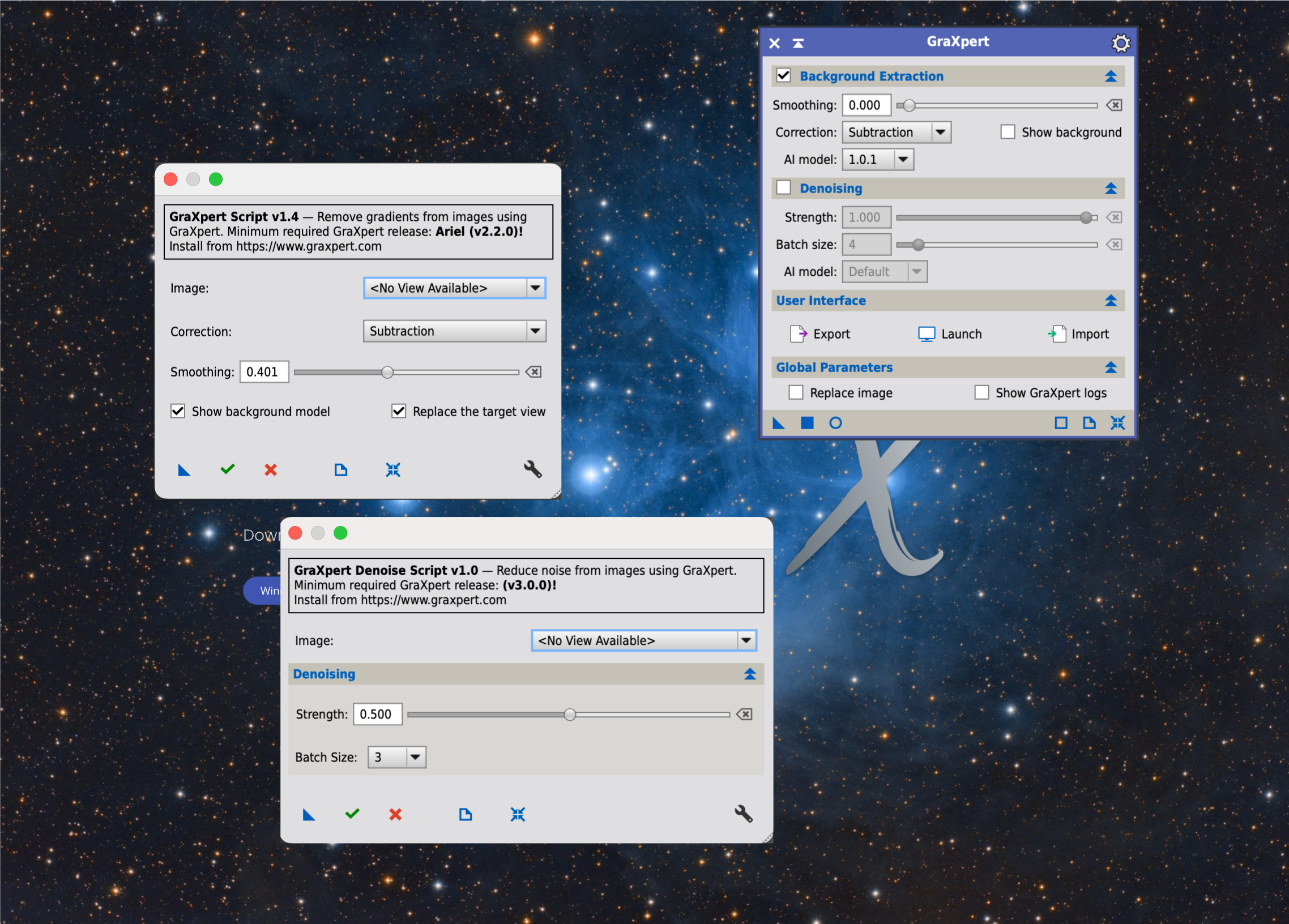
GraXpert adds AI noise reduction
The free gradient removal tool GraXpert has added AI-based noise reduction. The tool is very simple to use, with essentially one slider to dial in the strength. For PixInsight users, the tool is now also available as a process rather than a scrip.
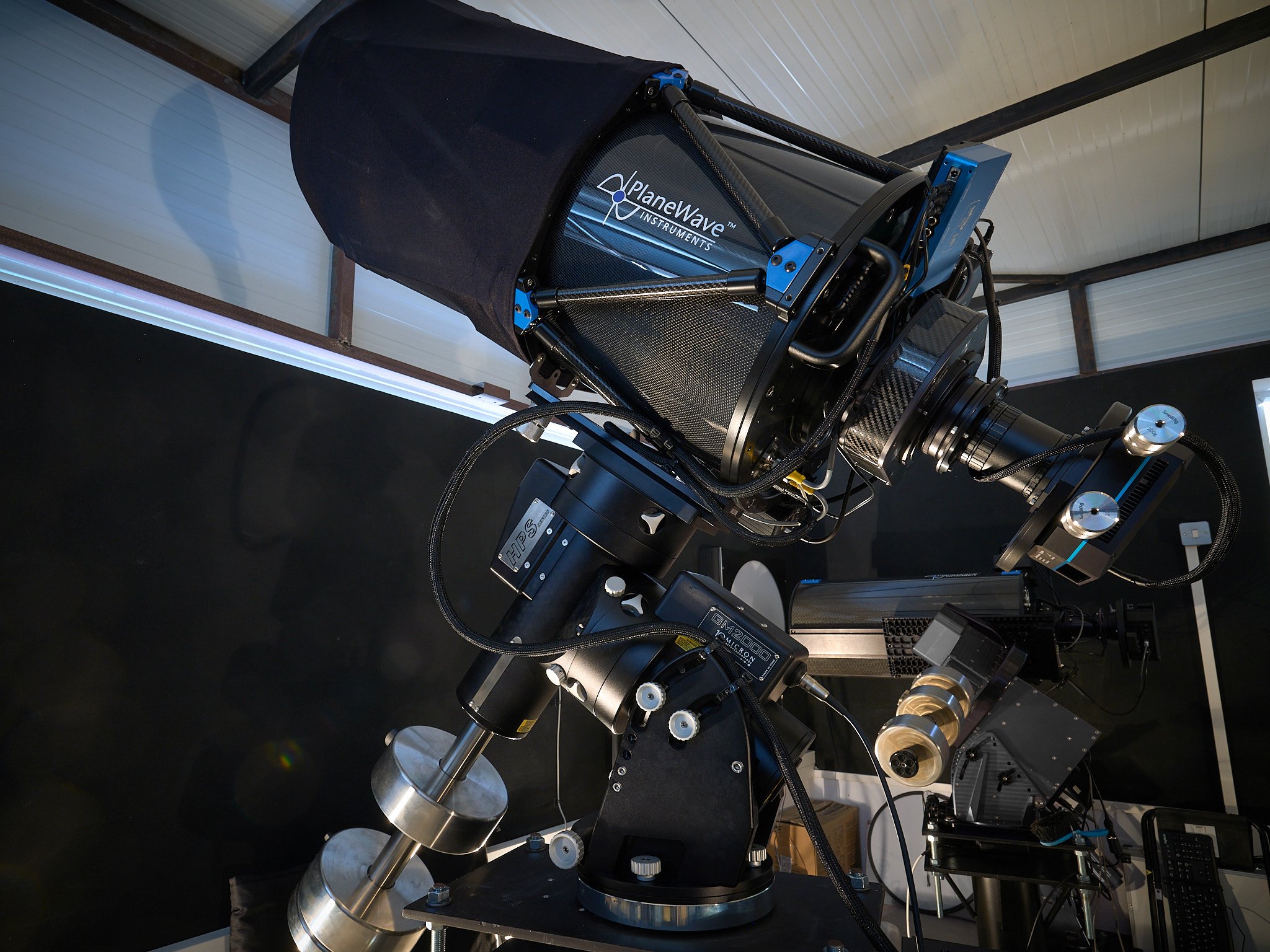
Moving to a Remote Hosting Site - Part 4: Installation
After six years of imaging from my backyard, the decision was made to move one of the rigs to a remote hosting site. In a number of blog-posts you can follow along on this journey. Part 1 is about goals, site selection and hard- and software. Part 2 is about design and remote controlling tools while in part 3 everything was put together and tested. This Part 4 is all about moving to and installation at the remote site, calibration and first light.
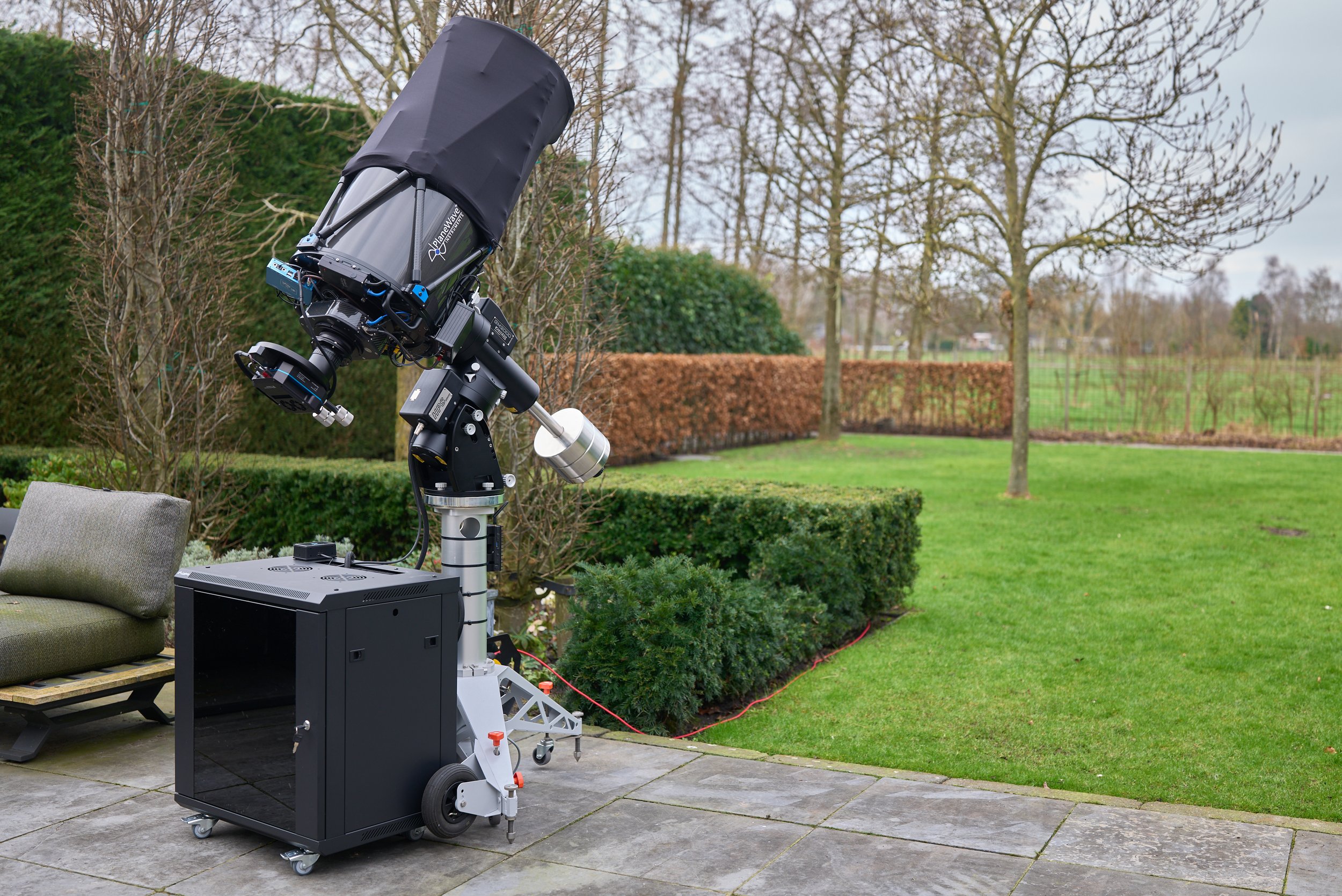
Moving to a Remote Hosting Site - Part 3: Ready to Ship
After six years of imaging from my backyard, the decision was made to move one of the rigs to a remote hosting site. In a number of blog-posts you can follow along on this journey. Part 1 described the goals, site selection and general considerations around software and hardware. Part 2 focused on the design and tools used to control the rig and how to do that remotely. Part 3 will show how everything has been built and tested. The system is now ready to be shipped.

Moving to a Remote Hosting site - Part 2: Command and Control
After six years of imaging from my backyard, the decision was made to move one of the rigs to a remote hosting site. In a number of blog-posts you can follow along this journey into the unknown. Part 1 was about goals and site selection. Part 2 describes the design and tools used to control the rig and how to do that remotely.
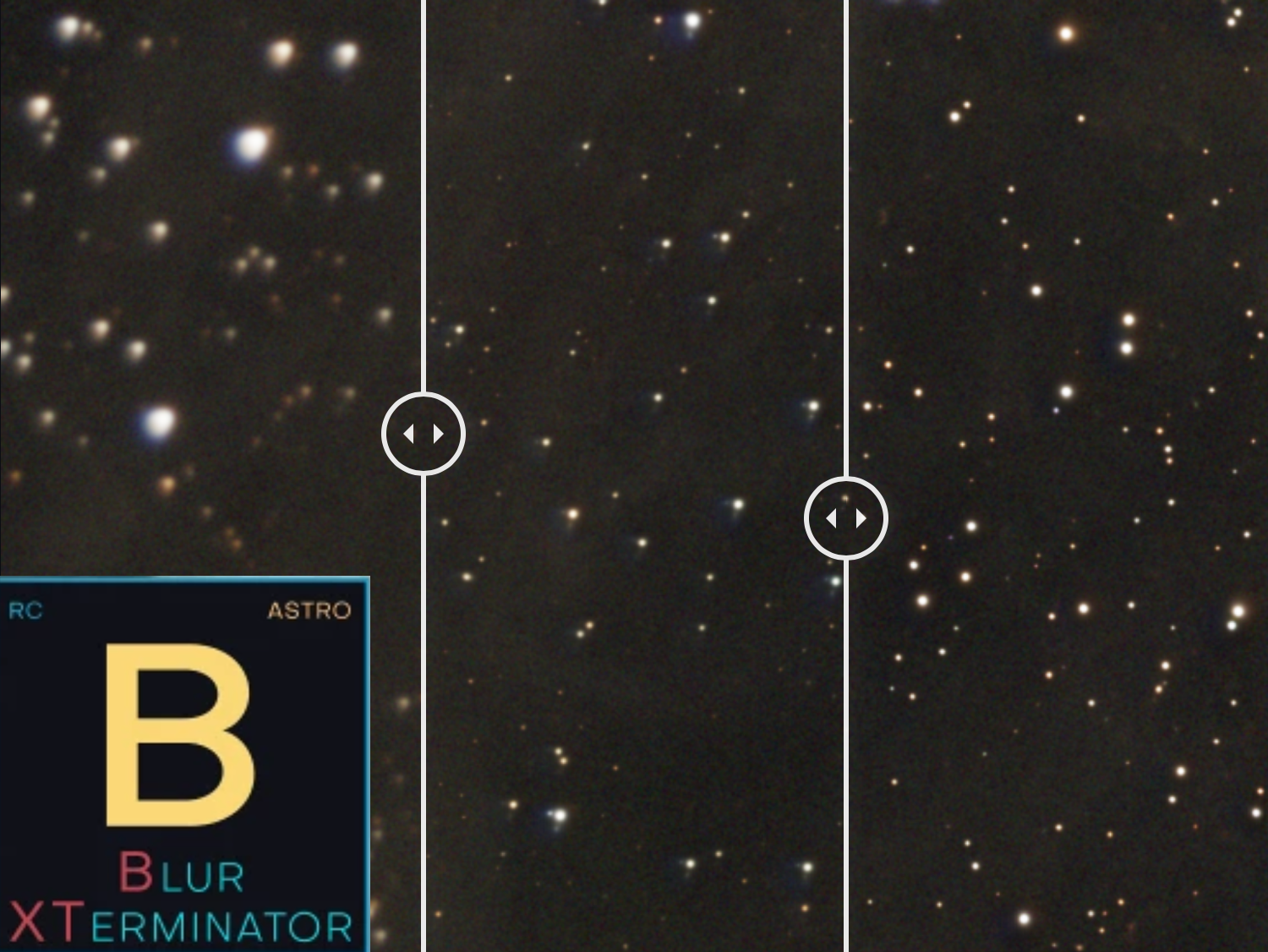
BlurXTerminator 2: Major upgrade
The AI-based tool BlurXTerminator was a revolution when it was released a year ago. Now version 2 has been released, and again the improvements are revolutionary once again. The way BXT is now able to correct for all kind of optical defects such as aberrations, coma, astigmatism, etc. is mind-blowing.
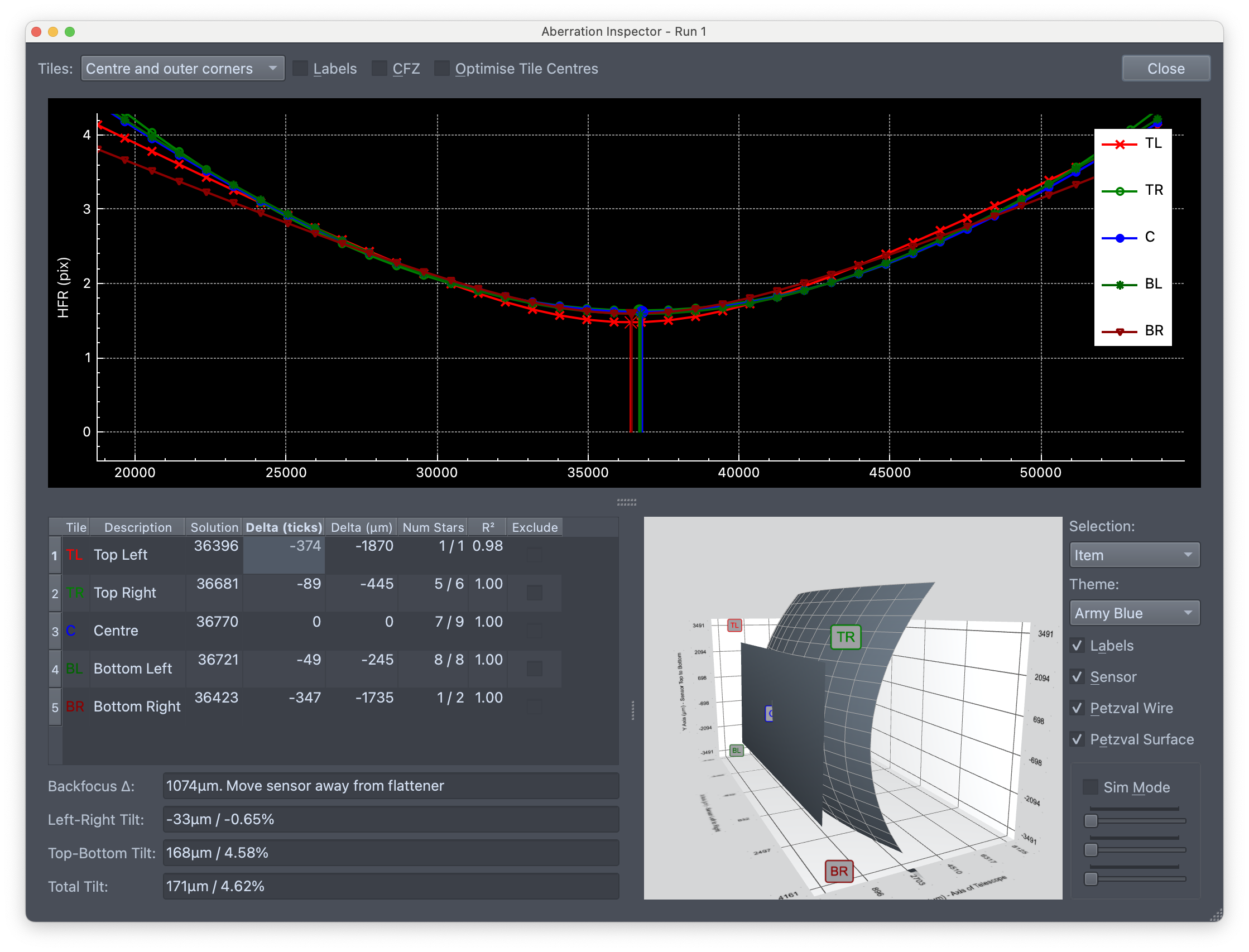
KStars 3.6.8: Aberration inspector to analyse backfocus and sensor tilt
An aberration inspector to analyse sensor tilt and backfocus distance has come to KStars/Ekos. In the December release (version 3.6.8), John Evans has introduced a tool that will make properly aligning the optical train a lot easier.

GraXpert 2.0: Single click background extraction right within PixInsight
GraXpert 2.0, a tool for automated background extraction, brings two important improvements. First it is now based on an AI-model, which significantly enhances the final results. Secondly, it is now available as a script right within PixInsight.
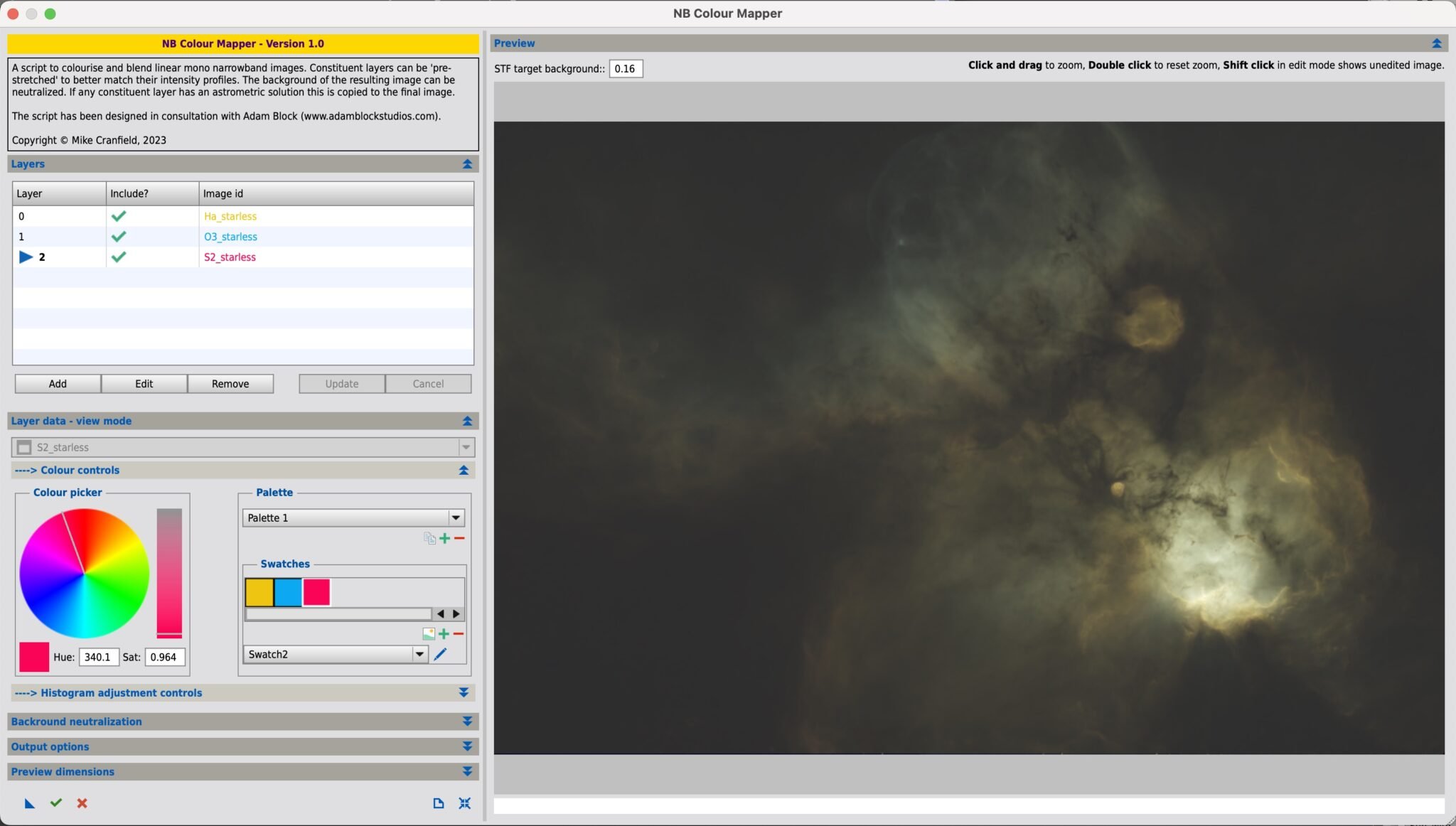
New PixInsight script to colour narrowband images
Mike Cranfield and Adam Block created a new tool to create colourful NB images. Each filter is assigned a layer with a colour rather than a channel. Layers are then blended together with a lot of fine-control, all with a real-time preview showing the final results immediately.
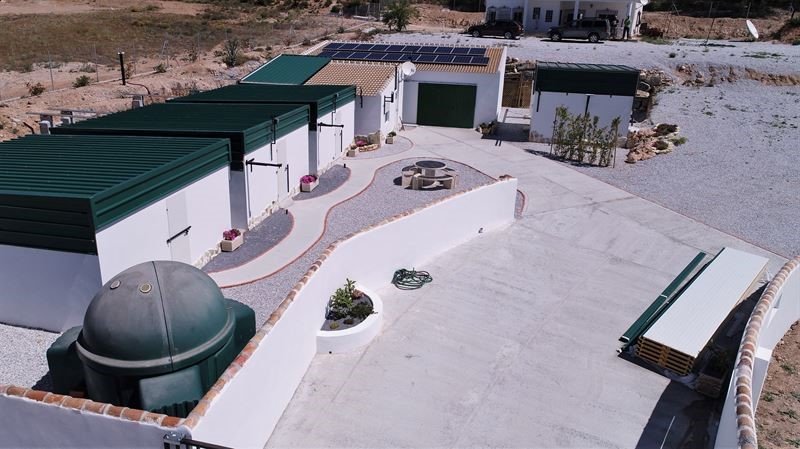
Moving to a Remote Hosting site - Part 1
After six years of imaging from my backyard, I have decided to move one of the rigs to a remote hosting site. In a number of blog-posts you can follow along on this journey. Part 1 describes the reasons behind the decision, the selection of a hosting site, goals and some higher level consequences for software and equipment.
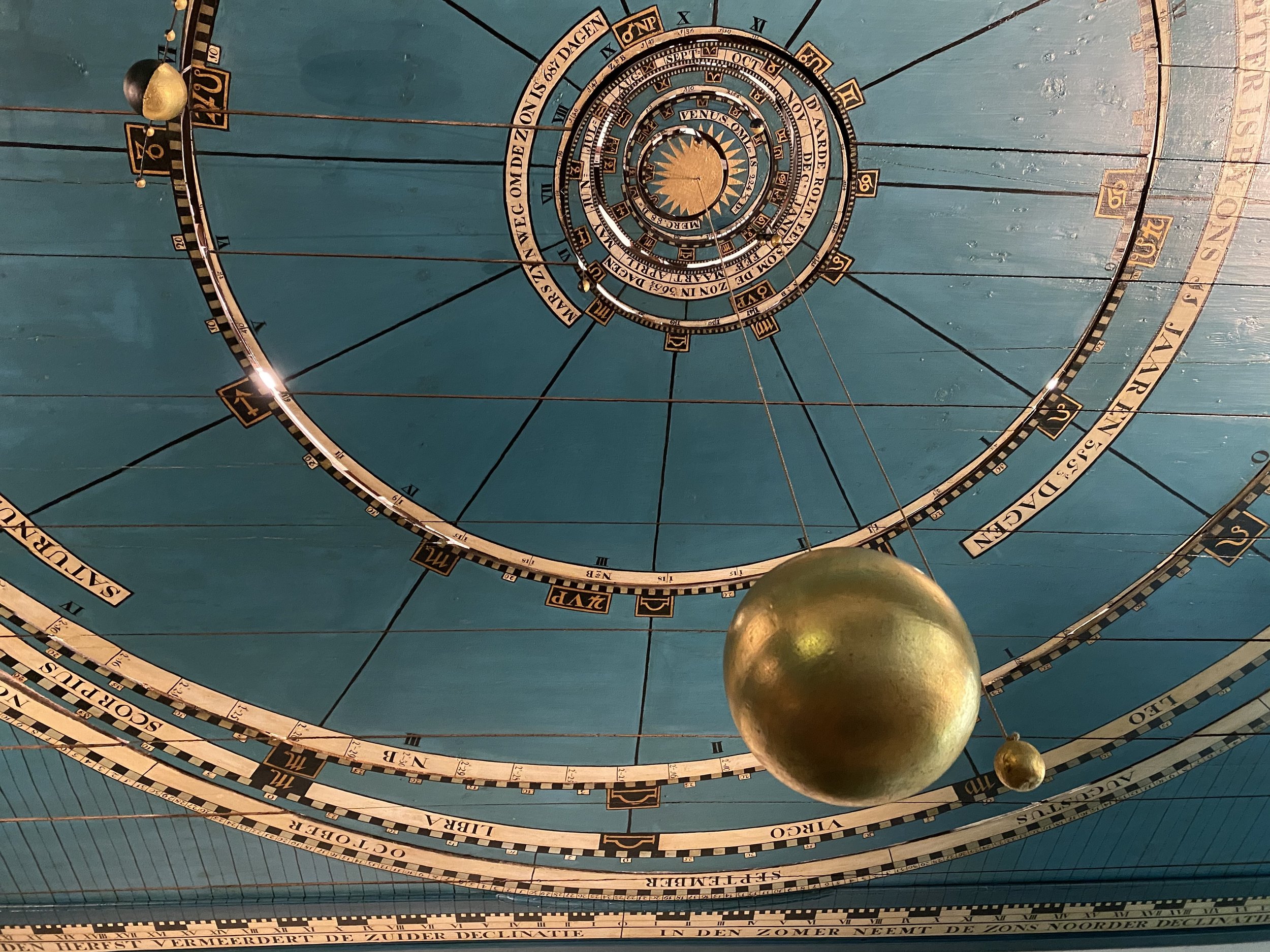
Eise Eisinga Planetarium UNESCO World Heritage
The Eise Eisinga Planetarium in Franeker, The Netherlands, has obtained the status of UNESCO world heritage. It is the oldest still working planetarium in the world (image © Royal Eise Eisinga Planetarium)

New PixInsight process: Narrowband Normalisation
This new tool for PixInsight provides full control to balance the individual colour channels in narrowband images. It works for OSC and monochrome cameras and is available for free

Creating Horizon files made easy. Astroplanner example
Making a horizon file can be labour intensive. With this app, the task is made a lot easier. In this example the information is used to create a horizon file for Astroplanner, the very versatile application to plan and record observations and imaging sessions
